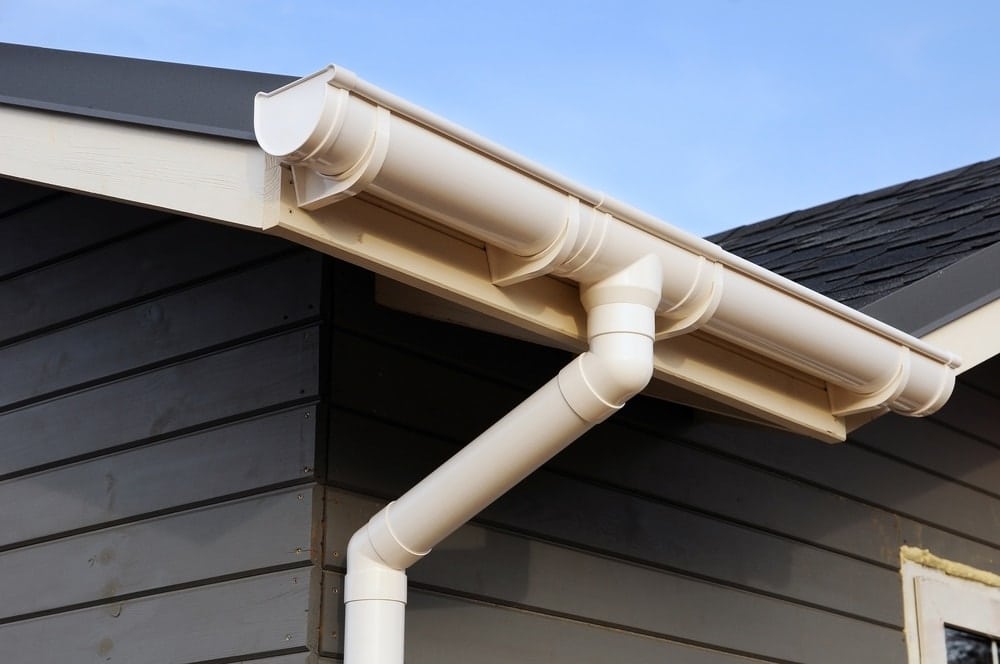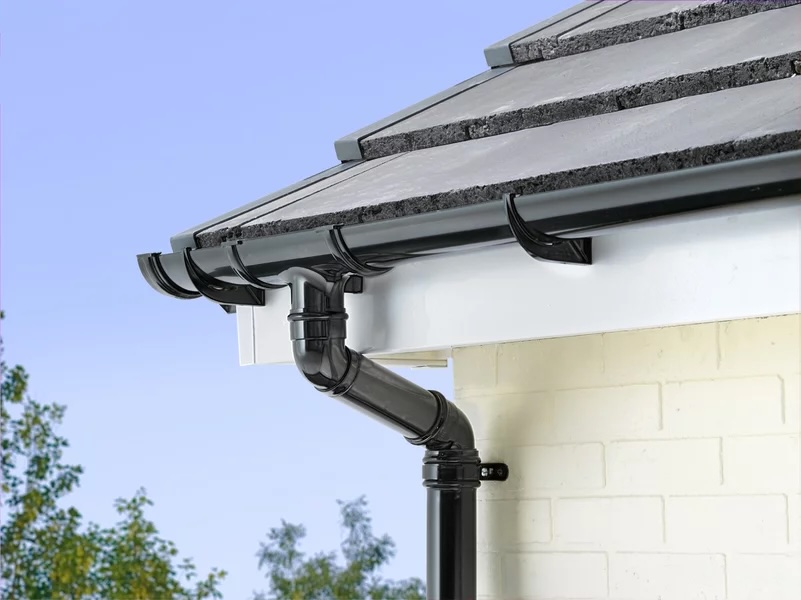guttering-solutions1117
guttering-solutions1117
7 Simple Tricks To Making A Statement With Your Downspouts
Understanding Gutter Downspouts: Importance, Types, and Maintenance
Gutter downspouts are necessary elements of any roof, playing a vital role in managing rainwater and safeguarding residential and commercial buildings from water damage. This article will explore the value of gutter downspouts, the various types readily available, and key maintenance pointers to ensure they work effectively.

The Importance of Gutter Downspouts
Gutter downspouts are vertical pipes that direct rainwater collected by gutters away from the foundation of a building. These systems assist prevent a multitude of concerns, including:
- Foundation Erosion: Without correct drainage, water can pool around the foundation of a structure, resulting in soil erosion and prospective structural damage.
- Basement Flooding: Excess water can seep into basements, causing flooding that might cause pricey repairs and a favorable environment for mold growth.
- Landscape Damage: Inefficient drainage can cause soil erosion in gardens and yards, negatively impacting plant health and landscaping stability.
- Wall and Roof Damage: Improperly routed rainwater can hurt siding, roofing products, and cause wood rot, which even more contributes to structural degeneration.
Due to these considerable functions, homeowners and residential or commercial property managers need to pay close attention to gutter downspout design and maintenance.
Kinds Of Gutter Downspouts
There are numerous types of gutter downspouts offered, each serving particular purposes based on the architecture of the structure and the volume of water runoff.
1. Standard Downspouts
The most common type, basic downspouts, are generally rectangle-shaped or round and are linked straight to the gutter system. These are usually made of:
- Aluminum: Lightweight and resistant to rust.
- Vinyl: Affordable and easy to install, though less durable than metal choices.
- Steel: Very resilient however can rust without a protective finish.
2. Leader Pipes
Leader pipes are frequently used in combination with basic downspouts to reroute water away from developing structures in areas with heavy rainfall. They’re normally bigger than basic downspouts and designed for high-capacity drainage.
3. Extensions and Diverters
Extensions and diverters are extra parts utilized with downspouts to control the instructions of the water circulation. They can direct water further away from the structure or into rain barrels for harvesting, reducing waste.
4. Crushed Stone Drainage Systems
These systems integrate crushed stone to help distribute water more evenly across locations of landscaping, decreasing disintegration and permitting the ground to take in more rainwater.
5. Rain Barrels
Rain barrels are typically linked to downspouts, making it possible for house owners to gather and keep rainwater for later use in irrigation, helping conserve water and minimize energy costs.
| Type | Description | Common Materials |
|---|---|---|
| Standard | Most common, direct water from gutters. | Aluminum, Vinyl, Steel |
| Leader Pipes | High-capacity systems for heavy rainfall. | Varies (metal/plastic) |
| Extensions | Modifies direction of water flow far from structure. | Plastic, Metal |
| Crushed Stone | Diffuses water throughout landscaped areas. | Crushed Stone, Gravel |
| Rain Barrels | Gathers overflow for watering and water conservation. | PVC, Plastic, Wood |
Maintaining Gutter Downspouts
Routine maintenance of gutter downspouts is important to avoid obstructions and ensure that water is directed far from the building efficiently. Here are some essential tips:
1. Regular Cleaning
Debris such as leaves, branches, and dirt can accumulate in downspouts, leading to obstructions. It is suggested to:
- Clean at least twice a year: Once in spring and once in fall.
- Use a garden trowel: Remove large debris lodged in the downspout.
- Use a plumbing snake: For relentless blockages, a snake can assist dislodge any accumulated material.
2. Inspect for Damage
- Examine for rust: Metal downspouts must be checked for indications of corrosion.
- Try to find bends or kinks: Ensure that the downspout is straight to enable appropriate drainage.
- Take a look at joints and seals: Cracks or loose fittings may need sealing or replacement.
3. Ensure Proper Alignment
Downspouts ought to be positioned to permit gravity-assisted drainage:
- Use a level: Ensure they slope away from the foundation at a small angle.
- Adjust extensions: If they divert water toward the structure instead of far from it.
4. Think About Seasonal Preparation
In areas with freezing temperatures, property owners ought to:
- Winterize downspouts: Clear any water or ice to avoid freezing and subsequent damage.
- Install heated cables: These can prevent ice dams in chillier climates.
Frequently Asked Questions about Gutter Downspouts
Q1: How often should I clean my gutter downspouts?
A1: It is recommended to clean your gutter downspouts at least twice a year, ideally in spring and fall, however more often if your home is surrounded by trees.
Q2: What can I do if my downspouts are clogged?
A2: You can get rid of particles by hand with a trowel or use a pipes snake to clear obstructions. If the problem continues, consider hiring a professional service.
Q3: Is it required to install extensions on downspouts?
A3: Extensions are useful as they help direct water further away from the foundation, minimizing the danger of disintegration and damage.
Q4: Can I set up gutter downspouts myself?
A4: Yes, many house owners can install gutter downspouts using easily offered products and tools; however, if you’re unsure, working with a professional might ensure compliance with local structure codes.

Q5: How do I understand if my gutter downspouts are working correctly?
A5: Observe the water circulation throughout and after rains; if water is pooling around the structure or backing up in the gutters, it may suggest a concern with the downspouts.
Gutter Downspouts [click this site] are critical in a thorough drainage system, safeguarding structures from prospective disasters brought on by water damage. Understanding the types of downspouts offered and their maintenance needs can improve their effectiveness and durability. Regular assessments and correct care will ensure that these parts perform their important functions, securing both the structure and surrounding landscape efficiently.



 Total Users : 3643
Total Users : 3643